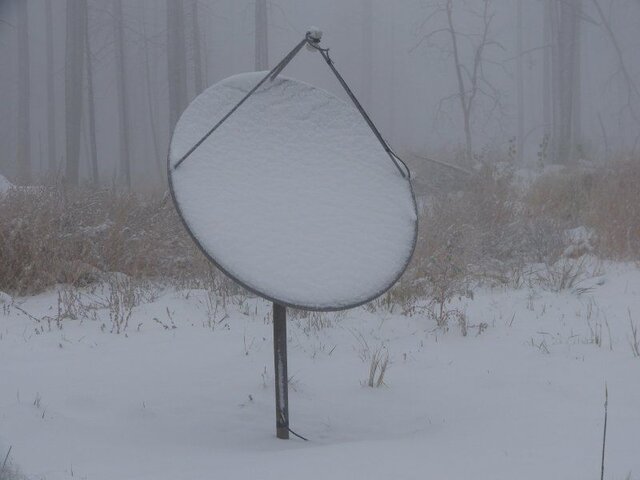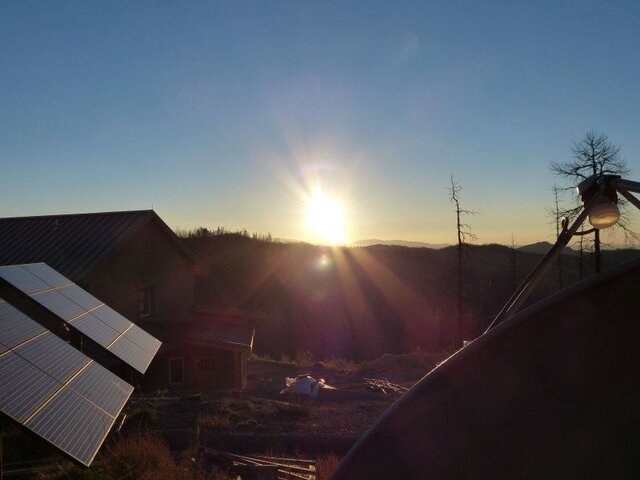Anyone know if 12052 V or H is a strong transponder on 30w? Needs to be Dvb-s
Its only sitting 2.9 degrees where I am at in Colorado. Not sure if I can make her. Need something strong to test with.
Thanks
Its only sitting 2.9 degrees where I am at in Colorado. Not sure if I can make her. Need something strong to test with.
Thanks



 .
.
